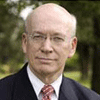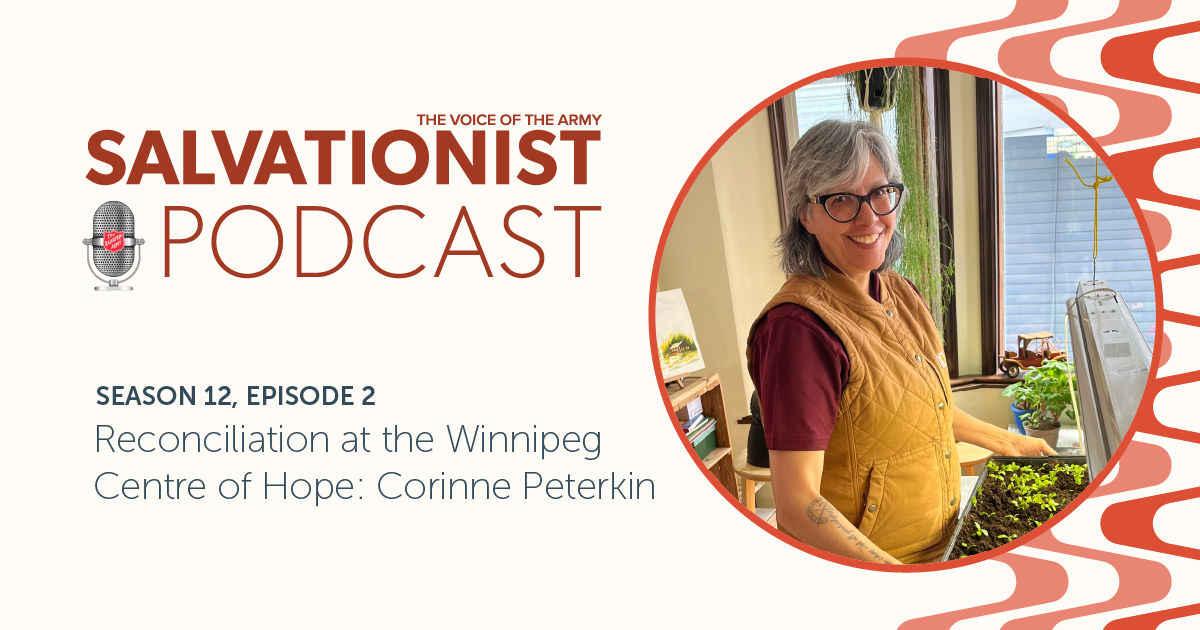 The doctrine of holiness is historically the central doctrine of The Salvation Army. It is the doctrine with which we most clearly identify ourselves as a people of God with something important to say to the wider Christian Church.
The doctrine of holiness is historically the central doctrine of The Salvation Army. It is the doctrine with which we most clearly identify ourselves as a people of God with something important to say to the wider Christian Church.
In his address to the Christian Mission (the forerunner of The Salvation Army) in 1877, William Booth made this clear when he said: “Holiness to the Lord is to us a fundamental truth; it stands at the forefront of our doctrines.” Ever since, The Salvation Army has been an active participant and partner in the holiness movement.
Salvationists have long been preaching and writing about it. A legacy of literature exisits by such authors as Commissioner Samuel Logan Brengle, General Frederick Coutts, Lt-Colonel Milton Agnew and Commissioner Edward Read. More recently, contemporary Salvationist authors, including Dr Donald Burke, Dr David Rightmire, Lt-Colonel Wayne Pritchett, Commissioners William Francis, Philip Needham and General Shaw Clifton, are paying scholarly attention to this fundamental subject.
While most Army authors make reference to John Wesley—some more than others—there remains in Salvationist holiness literature a significant lack of agreement on the nature of holiness. In large part we fall into three camps:
• the Brengle camp—holiness seen as a crisis and second work of grace
• the Coutts camp—holiness seen as growth
in grace
• the camp of apathy—where holiness is not
an issue
We will put this third camp aside for the purpose of this discussion.
Brengle Holiness
Commissioner Samuel Logan Brengle understood, preached and wrote of holiness as a distinct second work of grace—after God pardons, he may purify; after saving, he may sanctify. Brengle's metaphor of salvation is that of a bridge with two great abutments—forgiveness of sins and purification of the heart. Both are acts of grace by faith and not received through works.
According to Brengle: “Holiness, for you and for me, is not maturity, but purity: a clean heart in which the Holy Spirit dwells, filling it with pure, tender and constant love to God and man.”
“Holiness to the Lord is to us a fundamental truth; it stands at the forefront of our doctrines” – William Booth
Brengle holiness, then, would embrace an understanding consistent with the Psalmist, who wrote: “Create in me a pure heart, O God, and renew a steadfast spirit within me” (Psalm 51:10). In Brengle holiness, entire sanctification is God's great gift given in response to total consecration as a deliberate act of the will. This results in a cleansed heart fit to be a vessel for God's perfect love. As such it is a second blessing, the first being forgiveness of sins.
A contemporary proponent of Brengle holiness may be found in General Shaw Clifton, as reflected in his book Who Are These Salvationists? Clifton makes a clear separation of the two works of grace, calling justification by faith and forgiveness of sins “salvation,” as distinct from a second work of “sanctification.” A clear, concise and thorough treatment of Brengle holiness may be found in the writings of Dr David Rightmire of Asbury College.
General John Gowans (Rtd) reflected the Army's emerging ambivalence with Brengle holiness when he said that God invented The Salvation Army to “save souls, grow saints and serve suffering humanity.” This implies a distinct separation between “forensic salvation” and “therapeutic salvation.”
Forensic salvation—“saving souls”—is the deliverance from sin and its related punishment through God's grace. Therapeutic salvation—“growing saints and serving suffering humanity”—is the opportunity for reconciliation and restoration that brings healing, health and holiness. The division reflected in Gowans' words may move The Salvation Army away from identification with a Brengle view of holiness and toward a perspective more in line with Coutts.
Coutts Holiness
The eighth general of The Salvation Army offered us a very different view of holiness. For Coutts, holiness was growth in Christlikeness. He kept a strong emphasis on the idea of Christians being grounded in the Jesus of the Gospels, not only in Christ's teachings but in his example.
Brengle's writings underscore holiness as a crisis experience leading to a purity of heart, whereas Coutts emphasizes a progressive experience of maturity in Christ and to his likeness. In The Call to Holiness, Coutts seeks to bring balance to Brengle's view of a second-blessing crisis of sanctification by placing equal stress on the process of becoming more and more like Christ over time. In his thinking, the holy life evidences over time the emergence of love, joy, peace and other fruit of the Spirit that define Christlikeness.
While both Brengle and Coutts emphasized holiness as “Christ in you,” and while both accentuated the importance of experience and the role of the will, Coutts' distinctiveness lies in his emphasis on an ongoing and growing relationship, a communion and fellowship in Christ, and not just the act of a single moment.
 Jonathan Raymond is the President of Trinity Western University. A cross-cultural social psychologist, he earned his BA in Psychology from Asbury College and his MA in Social Psychology (1972) and PhD in Cross-Cultural Psychology (1975) both from the University of Kentucky. Dr. Raymond served as President and Vice Chancellor at The Salvation Army's Booth College (1999-2006) in Winnipeg, Manitoba. Dr. Raymond and his wife, Irene, have two children.
Jonathan Raymond is the President of Trinity Western University. A cross-cultural social psychologist, he earned his BA in Psychology from Asbury College and his MA in Social Psychology (1972) and PhD in Cross-Cultural Psychology (1975) both from the University of Kentucky. Dr. Raymond served as President and Vice Chancellor at The Salvation Army's Booth College (1999-2006) in Winnipeg, Manitoba. Dr. Raymond and his wife, Irene, have two children.









Leave a Comment